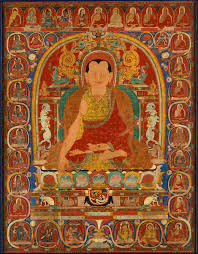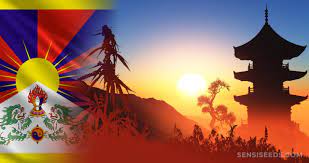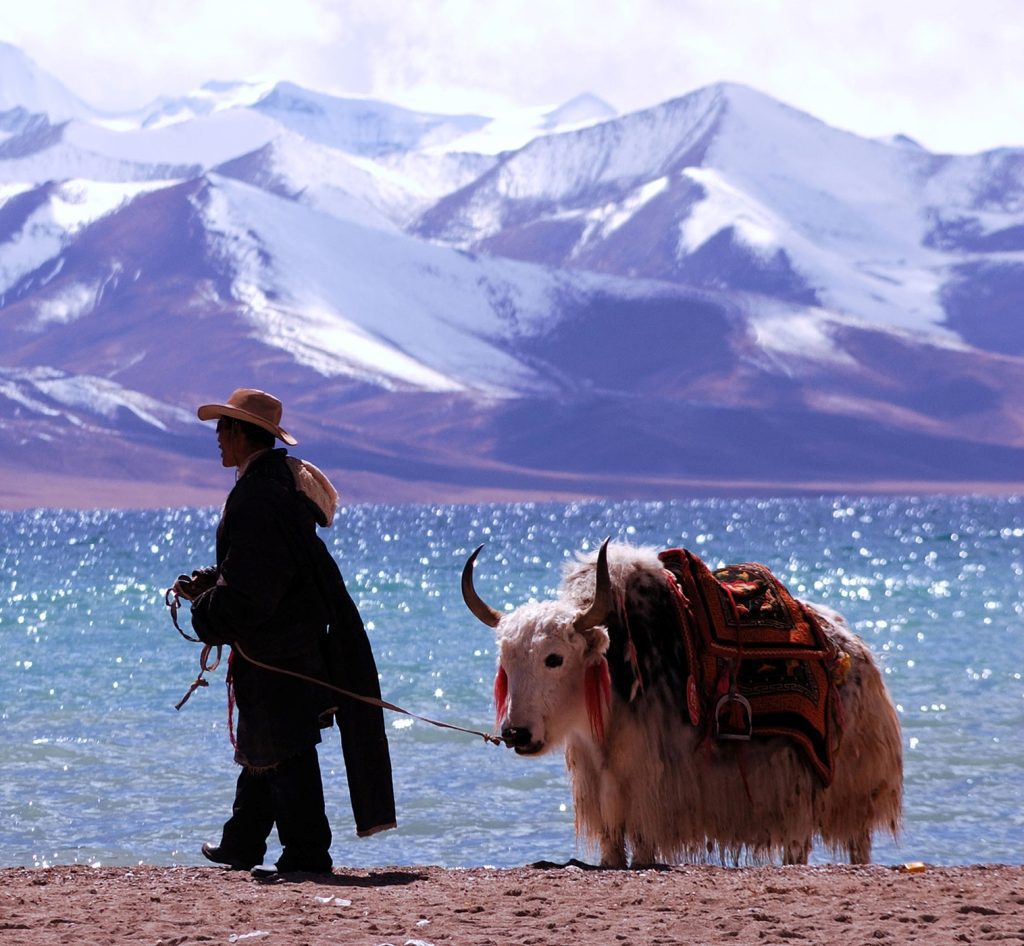
A Journey through Tibet
A closer look at Tibet as a Chinese ethnic minority








What I Will Cover

History of Tibet
Here we will cover the different stages of Tibet’s history including the different rulers it has had throughout history

Tibets Religion and culture
Here we will look at and compare some of the differences between Tibet and China as well as the similarities.

Interesting Facts
this is where we will learn some interesting facts about Tibet and the Tibetan culture.

History of Tibet
Tibet has a long history dating back approximately 5,000 years. In that time Tibet has been its own nation, invaded, conquered and held alliances with a number of other nations such as China and Mongolia. Tibet is also known for their Buddhist monks but Buddhism had been prohibited until 763 when Khri-srong-lde-brtsan invited buddhist teachers from India and China and in 779 founded the temple of Bsam-yas. After undergoing a verity of political strife the Tibetan scholar Dkon-mchog rgyal-po established the monastery of Sa-skya in 1073 which was run by priests known as lamas. However, there is evidence that shows that in 1240, Tibet was invaded by Genghis Khan. Then under the Ming Dynasty Tibet regained and held its independence for more then 100 years. It was in 1642 that the first Dalai Lama was made ruler of Tibet starting the tradition of the Dalai Lama ruling over Tibet.
In 1720 the Manchu Qing sent troops to Tibet to crush the Mongolian invaders. During this unstable time to their advantage, the Manchu declared Tibet as a tributary state. Finally, in 1906, China and Britain signed a treaty without involving Tibet that recognized China’s sovereignty over Tibet. Because of this in 1910 China sought direct control of Tibet via mitlitary force causing the Dalai Lama to flee to India.
Religion and Culture
The main religion of Tibet is Buddhism. Buddhism came into Tibet in 763 and the first temple named Bsam-yas was founded in 779. Since then Buddhism has become an inseparable part of Tibetan culture and way of life. The monks and nuns of this religion also contribute to the community by providing guidance and education.
However, Tibet is currently under the control of China which is a communist country. Because of this there is strict regulations and limitations what what and how they are allowed to practice their religion. There is also much push back from China about Tibet using and teaching their native language rather then Mandarin.


Interesting Facts About Tibet
1.) Tibet is home to Mt. Everest, the tallest mountain in the world
2.) Animal husbandry is one of the main economic trades
3.) There were once over 7,000 monasteries in Tibet. Currently there are still over 1,000
4.) There are 5 main colors that can be seen all over Tibet and they each have a specific meaning in Buddhism
5.) Tibet has its own lunar calendar which has immense cultural and religious importance. This calendar is used for Tibetan life and festivals
